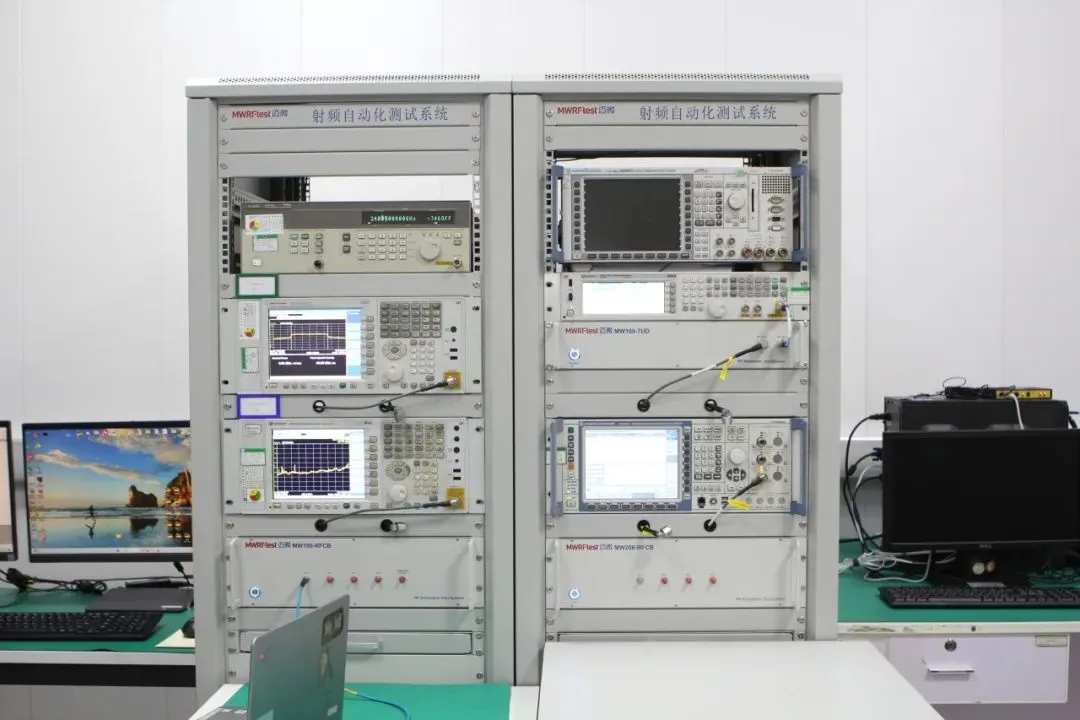
Toy ASTM F963-23 Testing
To sell toy products in the U.S. market, they must comply with the safety standards established by the U.S. Consumer Product Safety Commission (CPSC). Among these, ASTM F963-23is one of the most critical toy safety regULations. Amazon US has strict compliance requirements for the toy category. Sellers must ensure their products meet this standard, or they may face delisting, fines, or even legal risks.

Overview of ASTM F963-23
ASTM F963 is the U.S. toy safety standard, developed by ASTM Internationaland adopted by the CPSC as a mandatory standard.
The 2023 version (ASTM F963-23) came into effect in October 2023, replacing the previous astm f963-17. The update mainly includes changes in testing requirements to enhance the safety of children’s toys.
Scope of Application
- Applicable to toys intended for children 14 years and under.
- Covers physical/mechanical properties, cheMICal properties, flammability, electrical safety, and more.
- Applicable to toys sold on Amazon US, including both private label and third-party brands.
Core Requirements of ASTM F963-23
1. Physical and Mechanical Requirements
1. Small Parts Restriction
- Toys for children under 36 months must not contain small partsto prevent choking hazards.
- Must pass the small parts testusing a 16mm diameter cylinder.
2. Sharp Edges and Points
- Toys must not have accessible sharp edges or points (per 16 CFR 1500.48/49).
- Must undergo edge and point testing.
3. Pinch and Crush Hazards
- Movable parts (e.g., hinges, folding mechanisms) must avoid pinching children’s fingers.
- Must meet gap testing requirements(5mm–12mm).
4. Projectile Toys
- Projectiles (e.g., toy bullets) must not have sharp tips.
- Kinetic energy must meet limits (e.g., ≤0.08 J).
5. Stuffed Toys and Plush Toys
- Stitching must be strong enough to prevent filling from coming out (choking risk).
- Small parts such as eyes or noses must pass a tensile strength test(90N).
2. Chemical Requirements
1. Heavy Metal Restrictions
- Must comply with CPSC 16 CFR 1303 (lead content ≤100 ppm).
- Other heavy metals (e.g., cadmium, mercury, arsenic) must meet ASTM F963-23 and cpsiarequirements.
2. Phthalates Restrictions
- Six phthalates (DEHP, DBP, BBP, DINP, DIDP, DNOP) must each be ≤0.1% (per CPSIA Section 108).
3. Other Chemicals
- Formaldehyde, azo dyes, PAHs (polycyclic aromatic hydrocarbons), etc., must comply with related restrictions.
3. Flammability Requirements
- Textile materials must comply with 16 CFR 1610(General Flammability Standard).
- Stuffed toys must pass 16 CFR 1500.44(flammability test).
4. Electrical Safety Requirements (for Electronic Toys)
- Battery-operated toys must comply with UL 696or IEC 62115(international electric toy standards).
- Risks such as short circuits, overheating, and leakage must be prevented.
5. Labeling and Warning Requirements
- Age grading(e.g., “3+” or “Not for children under 3 yrs”).
- Small parts warning(e.g., “Choking hazard—small parts”).
- Battery warnings(e.g., “Do not mix old and new batteries”).
- Declaration of conformity(e.g., “Complies with ASTM F963-23”).
Amazon US Compliance Requirements
1. Must provide a CPSC-recognized laboratory test report(ISO 17025 accREDited).
2. Products must have traceability labels(e.g., manufacturer name, production date).
3. Must submit a Children’s Product Certificate (CPC)proving compliance with ASTM F963-23.
4. Packaging and products must include compliant warning labels(e.g., age warnings).
Email:hello@jjrlab.com
Write your message here and send it to us
 What Are the Testing Items of California Propositi
What Are the Testing Items of California Propositi
 E-Cigarette EU TPD Testing
E-Cigarette EU TPD Testing
 Testing Certification for E-cigarettes Exported to
Testing Certification for E-cigarettes Exported to
 What is Amazon US CPC Certification?
What is Amazon US CPC Certification?
 UK Toy Safety Regulation Standard EN 71-13
UK Toy Safety Regulation Standard EN 71-13
 What is EU UFI Registration?
What is EU UFI Registration?
 EU UFI Registration for E-cigarette E-liquid
EU UFI Registration for E-cigarette E-liquid
 How to get the MSDS Report for Electronic Cigarett
How to get the MSDS Report for Electronic Cigarett
Leave us a message
24-hour online customer service at any time to respond, so that you worry!




